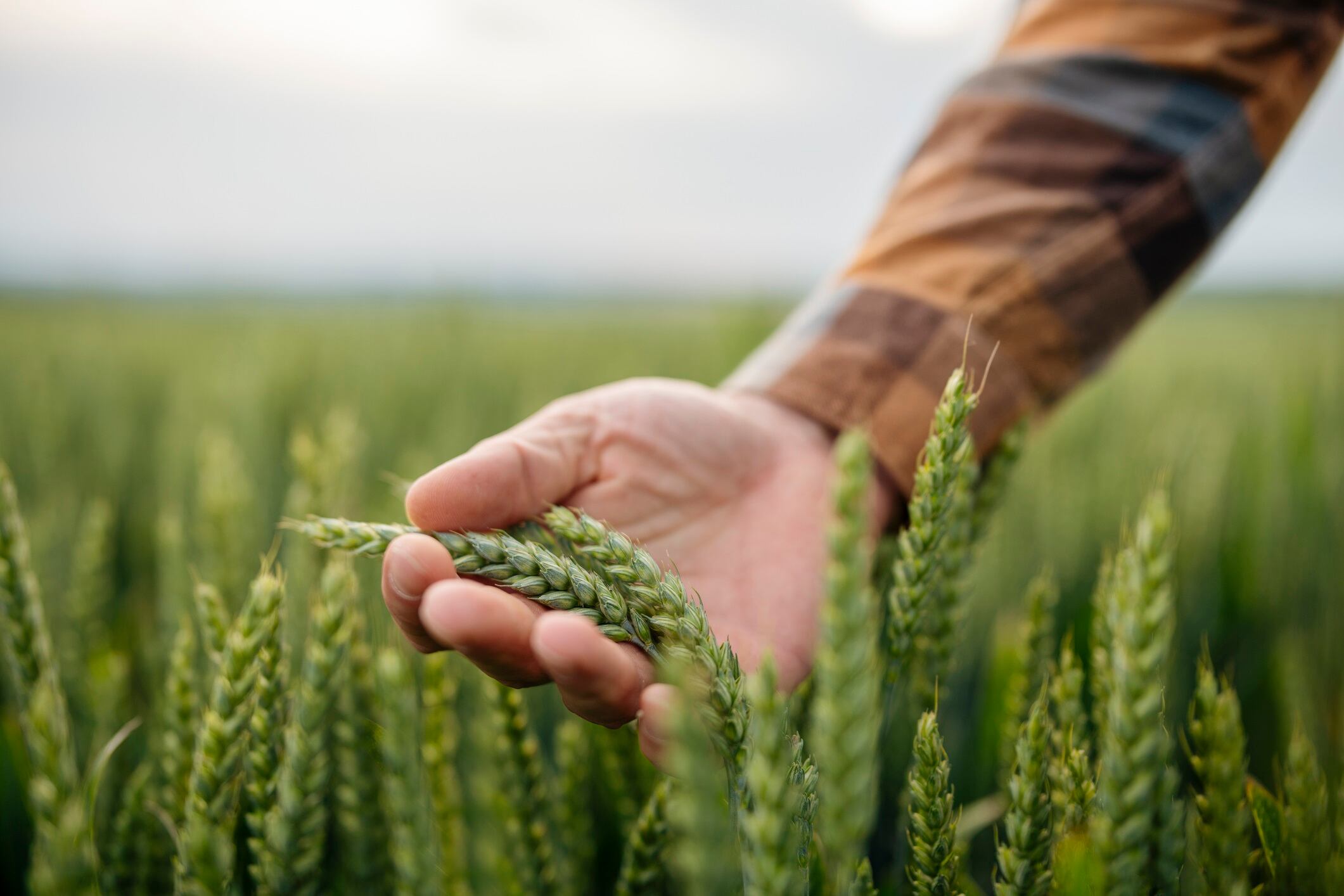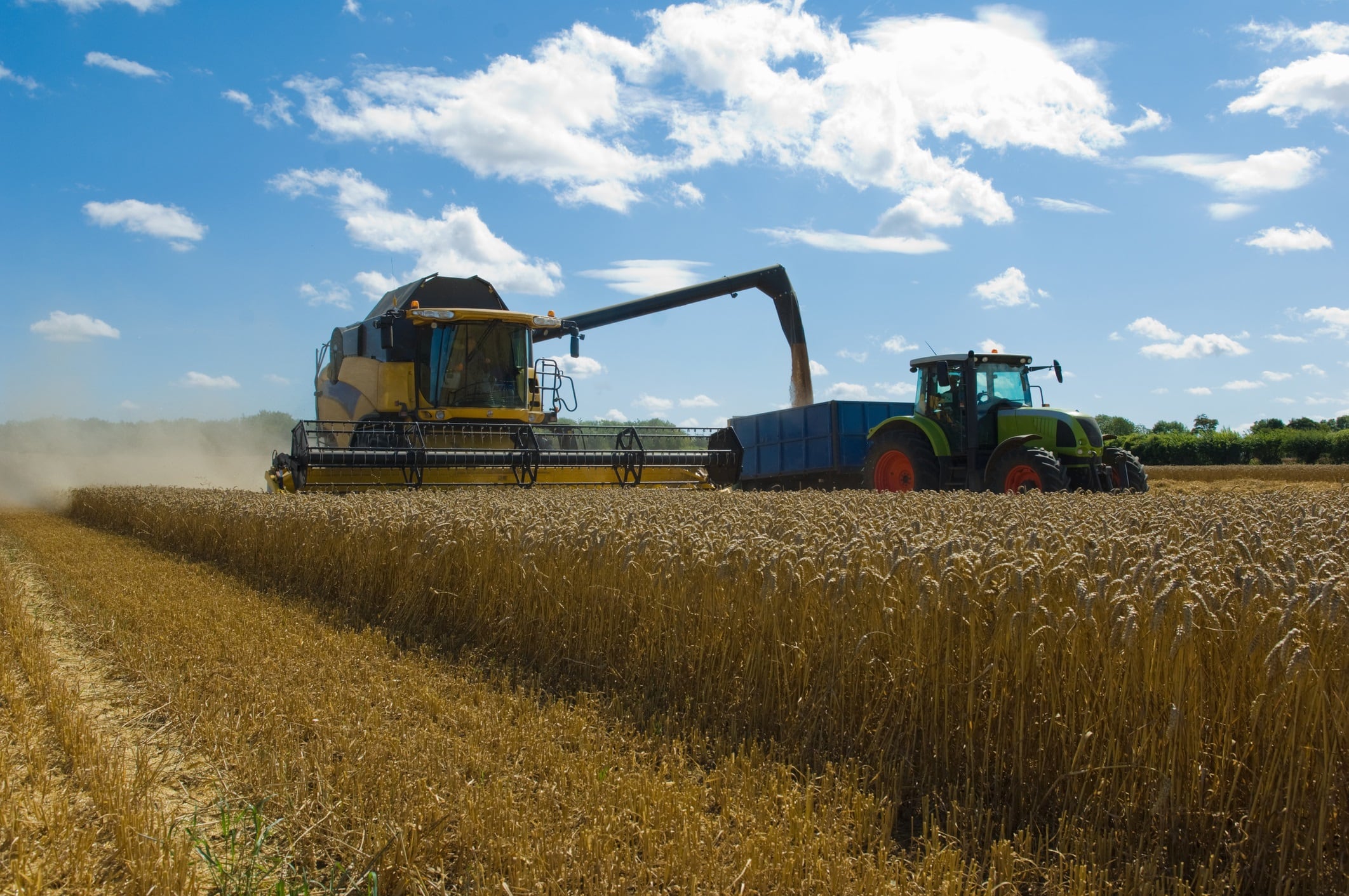Farmers and food manufacturers are facing an uphill battle, with everything from climate change to spiralling energy costs, blocking their path to success. But the fight just got a little bit easier, with a major breakthrough in crop protection.
Scientists from the Chinese Academy of Sciences believe they have discovered the key to protecting crops against deadly parasites, which can destroy entire harvests.
So, how can farmers protect their crops against parasites and what does this mean for the future of food security?
How can farmers protect crops against parasites?
Researchers have identified two key genes, SbSLT1 and SbSLT2, which help sorghum resist Striga, a parasitic plant responsible for major crop losses, by preventing its germination.
What is Sorghum?
Sorghum, or broomcorn, is a genus of about 25 species of flowering plants in the grass family. Sorghum bicolor is grown as a cereal for human consumption and as animal fodder.
Striga, commonly known as ‘witchweed’, and other parasitic plants depend on host plants for nutrients and water, significantly reducing crop yields and disrupting agricultural ecosystems.
Sorghum is one of the plants susceptible to Striga infestation. Sorghum roots release SLs, a class of plant hormones that help recruit mycorrhizal fungi for nutrient uptake. Striga seeds, dormant in the soil, detect these SL signals, which then trigger Striga germination and subsequent infestation of the host plant.
In this study, the researchers analysed transcriptome data (a collection of all gene readouts present in a cell) from sorghum roots under phosphorus-deficient conditions, and strigolactone (SL) treatment separately. The team identified two ABCG family SL transporter genes - Sorghum bicolor SL transporter 1 (SbSLT1) and Sorghum bicolor SL transporter 2 (SbSLT2). They determined that the SbSLT1 and SbSLT2 proteins control the efflux of SLs, and removing the associated genes inhibits SL secretion. Under these conditions, Striga is unable to germinate and infect the host.
What are Strigolactones?
Strigolactones are a group of chemical compounds produced by roots of plants. Due to their mechanism of action, these molecules have been classified as plant hormones or phytohormones.
The role of AI in protecting against parasites
Further to their findings, the research team used AI-based predictions to identify a conserved phenylalanine residue, critical for SL transport. This residue is found not only in sorghum, but also in SL transporters across other monocot crops like maize, rice, and millet, as well as dicotyl crops such as sunflowers and tomatoes, suggesting a conserved mechanism across species.
Field trials conducted in Striga-prone areas showed that sorghum with knocked-out SbSLT1 and SbSLT2 genes exhibited 67–94% lower infestation rates and 49–52% less yield loss. These findings offer valuable genetic resources and technical support for breeding Striga-resistant sorghum varieties.

Burden of crop loss on global economy
According to the Food and Agriculture Organization of the United Nations (FAO), an estimated $3.8tn worth of crops and livestock has been lost due to disaster events such as disease, over the last 30 years. That equates to an average loss of $123bn per year.
Agriculture is one of the most highly exposed and vulnerable sectors in the context of disaster risk
QU Dongyu, Food and Agriculture Organization
Furthermore, the UN agency found that losses relating to major agricultural products are rising, with cereals alone amounting to an average of 69m tonnes per year, over the last three decades.
“Agriculture is one of the most highly exposed and vulnerable sectors in the context of disaster risk, given its profound dependence on natural resources and climate conditions,” says QU Dongyu, Director-General of the FAO.
And it’s not just about money. The impact of crop loss on food security is significant.
“Recurrent disasters have the potential to erode gains in food security and undermine the sustainability of agrifood systems,” says Dongyu.
What’s more, food waste has environmental implications.
“Food loss and waste undermine the sustainability of our food systems,” says a spokesperson for the United Nations. “When food is lost or wasted, all the resources that were used to produce this food - including water, land, energy, labour and capital - go to waste.”

Source: Resistance to Striga parasitism through reduction of strigolactone exudation
Published online: 12 February 2025
DOI: 10.1016/j.cell.2025.01.022
Authors: Jiayang Shi, Cuo Mei, Fengyong Ge et al.


